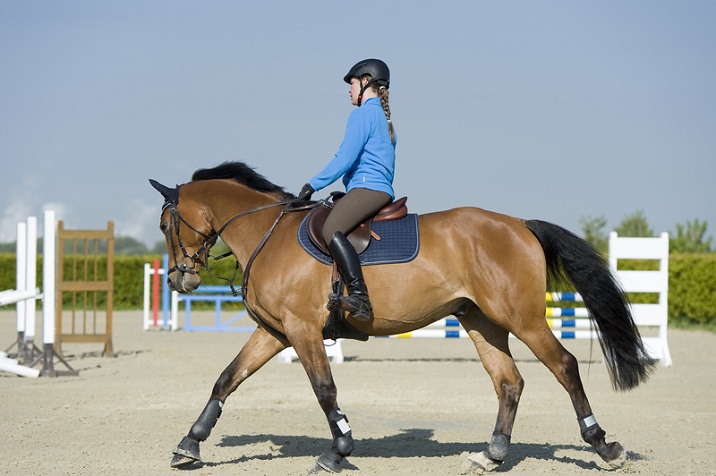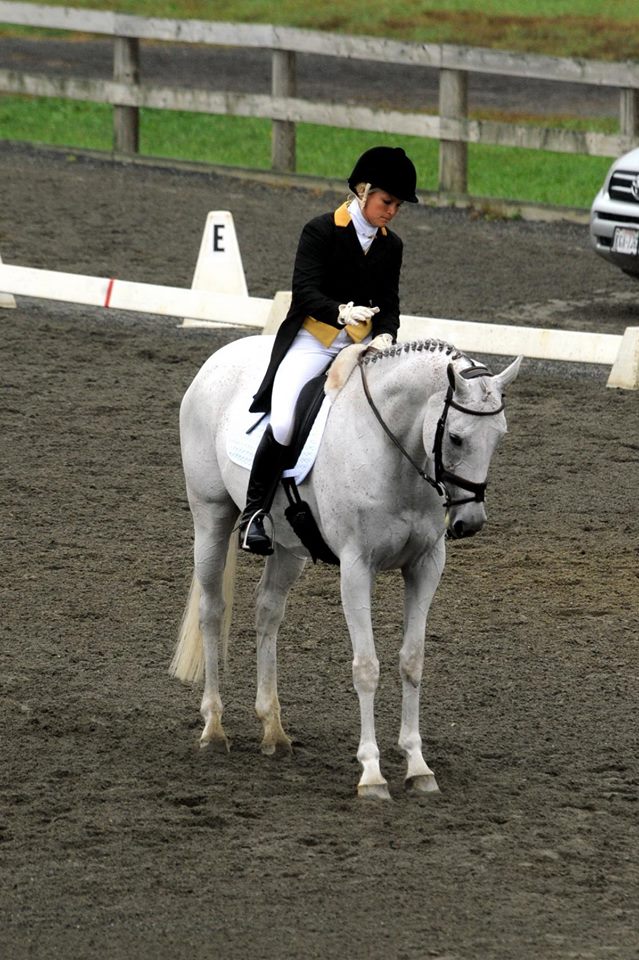Horses in Sport: The Evolution of Equestrian Competition

Equestrian sports have a rich history that intertwines the bond between humans and horses, showcasing the evolution of competition from ancient times to the modern era. This article explores the development of equestrian disciplines, the role of horses in sport, and how these competitions have transformed over centuries.
Historical Overview of Equestrian Competition

| Era | Key Developments | Notable Competitions |
|---|---|---|
| Ancient Times | Use of horses in warfare and chariot racing | Olympic Games (ancient Greece) |
| Middle Ages | Jousting and mounted combat tournaments | Tournaments and royal games |
| 18th-19th Century | Formalization of riding schools and classical dressage | Early horse shows and cavalry trials |
| 20th Century | Introduction of modern equestrian sports | Olympics, World Equestrian Games |
The Role of Horses in Sport
Horses are not just athletes but partners in sport. Their breed, training, and temperament significantly influence performance across disciplines such as dressage, show jumping, eventing, and endurance riding.
Evolution of Equestrian Disciplines
- Dressage: Originating from military training, dressage has evolved into a precise art form emphasizing harmony and control.
- Show Jumping: Developed as a test of horse and rider agility and speed, it became an Olympic sport in 1912.
- Eventing: Combining dressage, cross-country, and show jumping, eventing tests versatility and endurance.
- Endurance Riding: Focuses on long-distance races, highlighting stamina and conditioning.
Modern Equestrian Competitions
Today, equestrian sports are governed by international bodies like the Fédération Équestre Internationale (FEI), which standardizes rules and promotes global competitions. The inclusion of equestrian events in the Olympics has elevated the sport’s profile worldwide.
Frequently Asked Questions (FAQ)
Q1: What breeds are best suited for equestrian sports?
A1: Breeds like the Thoroughbred, Warmblood, Arabian, and Andalusian are popular due to their athleticism and temperament.
Q2: How has technology influenced equestrian training?
A2: Advances such as video analysis, heart rate monitors, and improved tack have enhanced training methods and horse welfare.
Q3: What are the key skills required for riders?
A3: Riders need balance, communication skills, and an understanding of horse behavior to excel.
Q4: How do equestrian sports promote animal welfare?
A4: Strict regulations and veterinary oversight ensure horses are treated ethically and healthily.
This detailed overview highlights the dynamic journey of horses in sport, reflecting centuries of tradition, innovation, and partnership between horse and rider.
